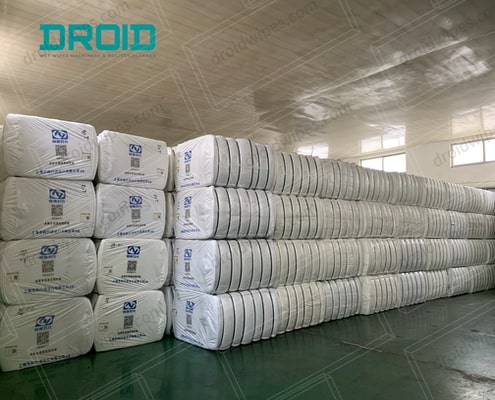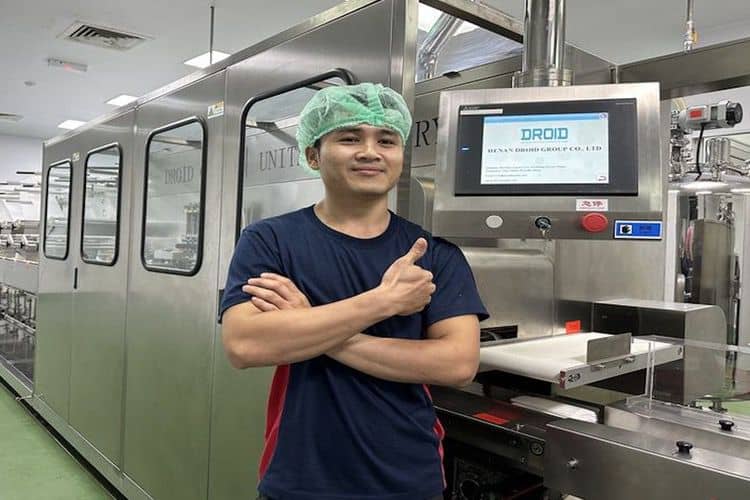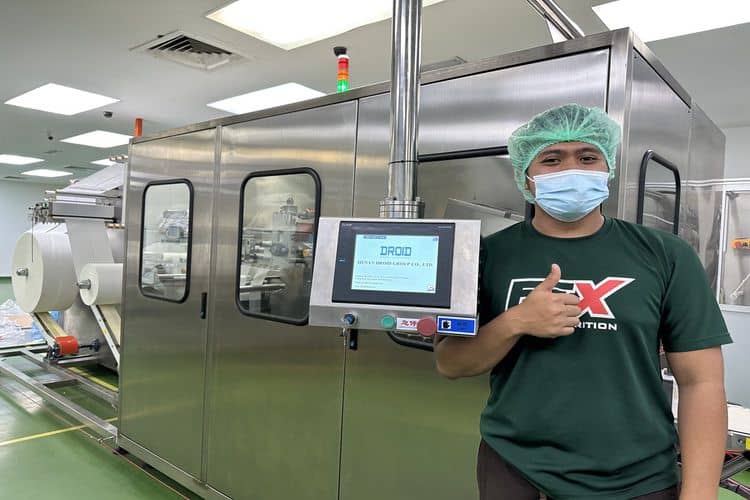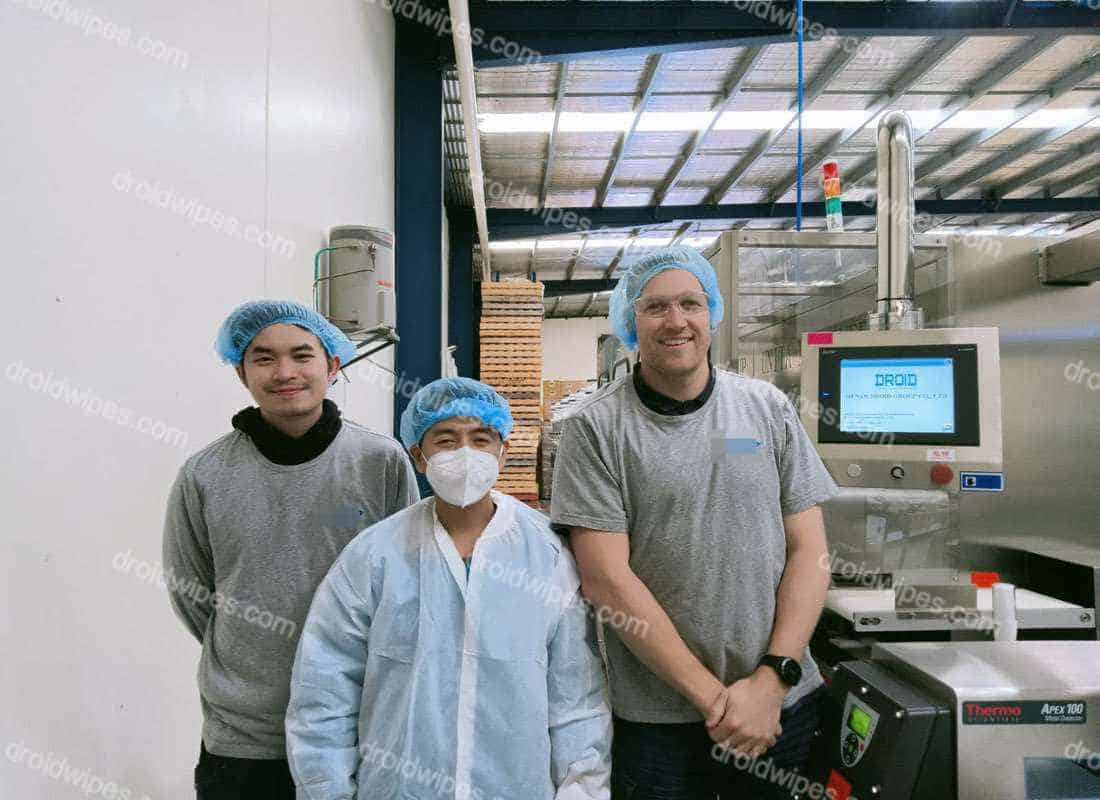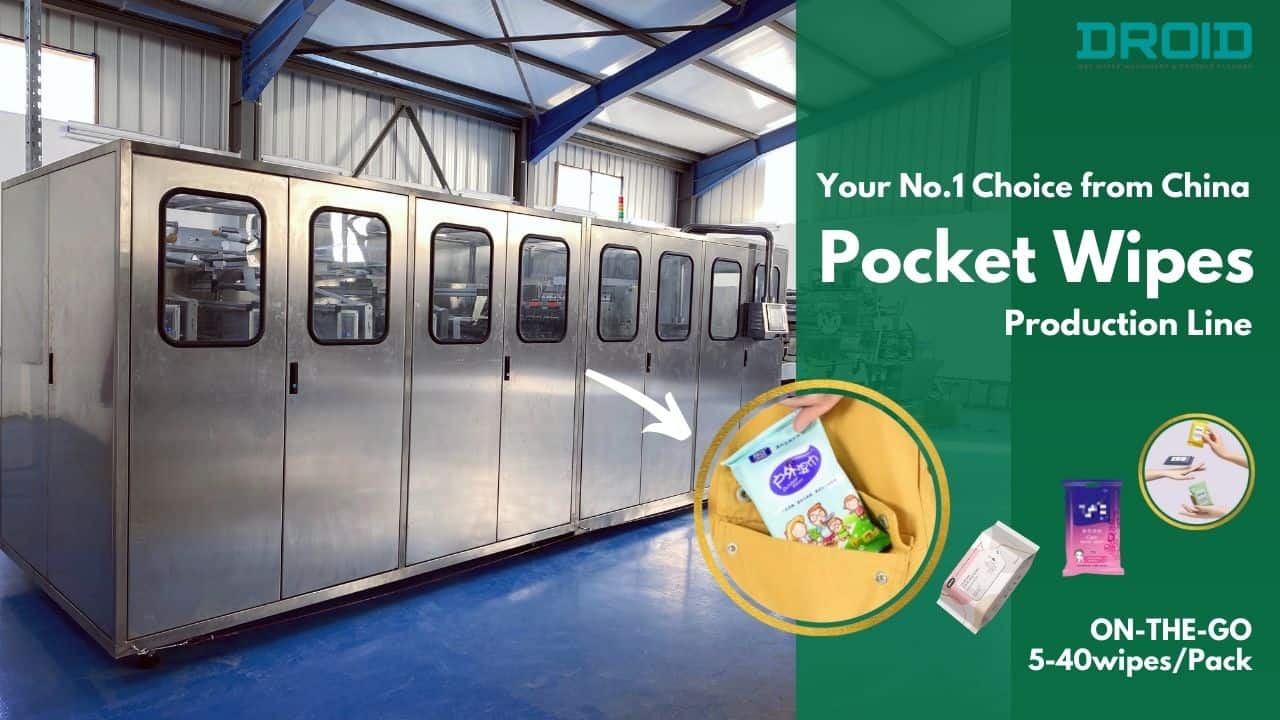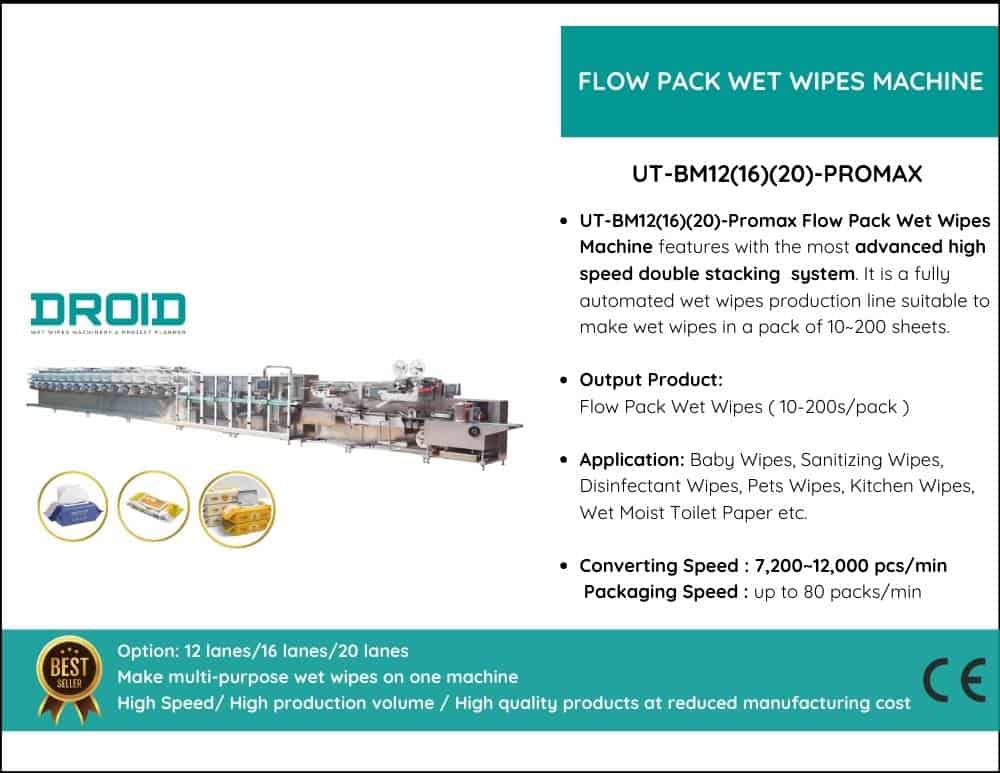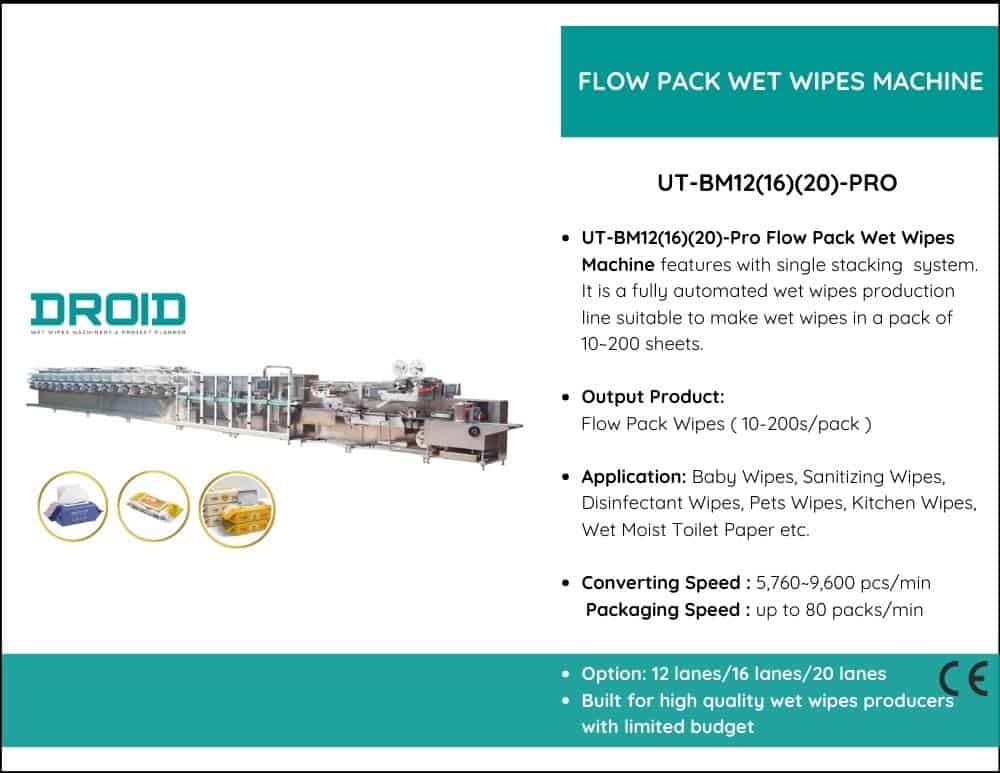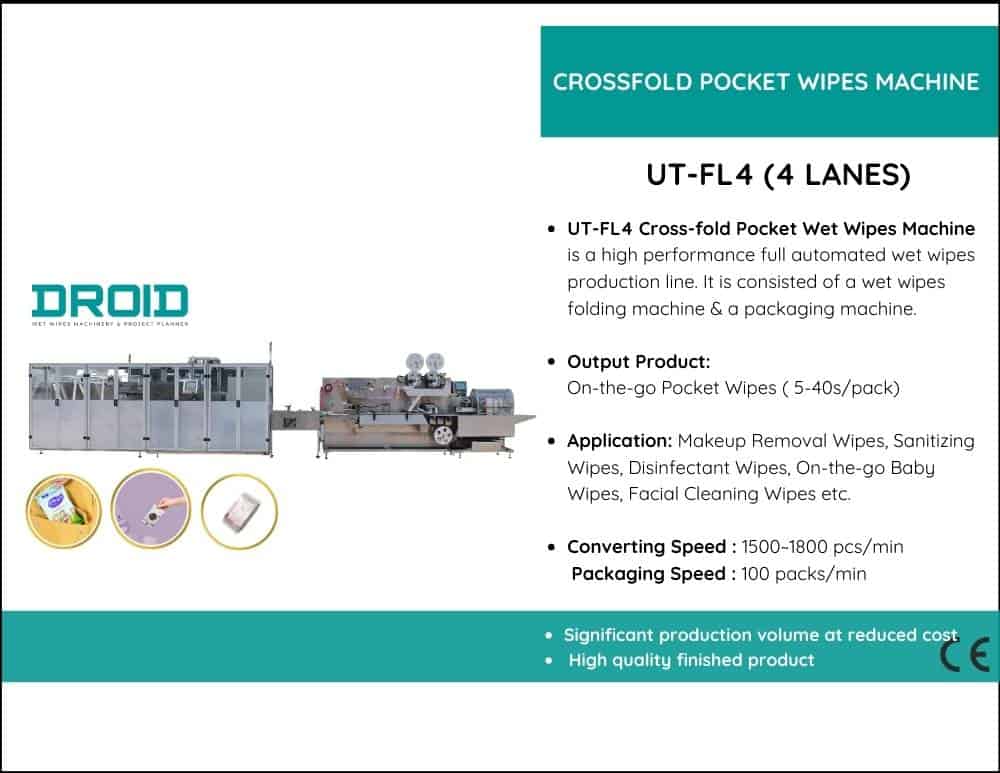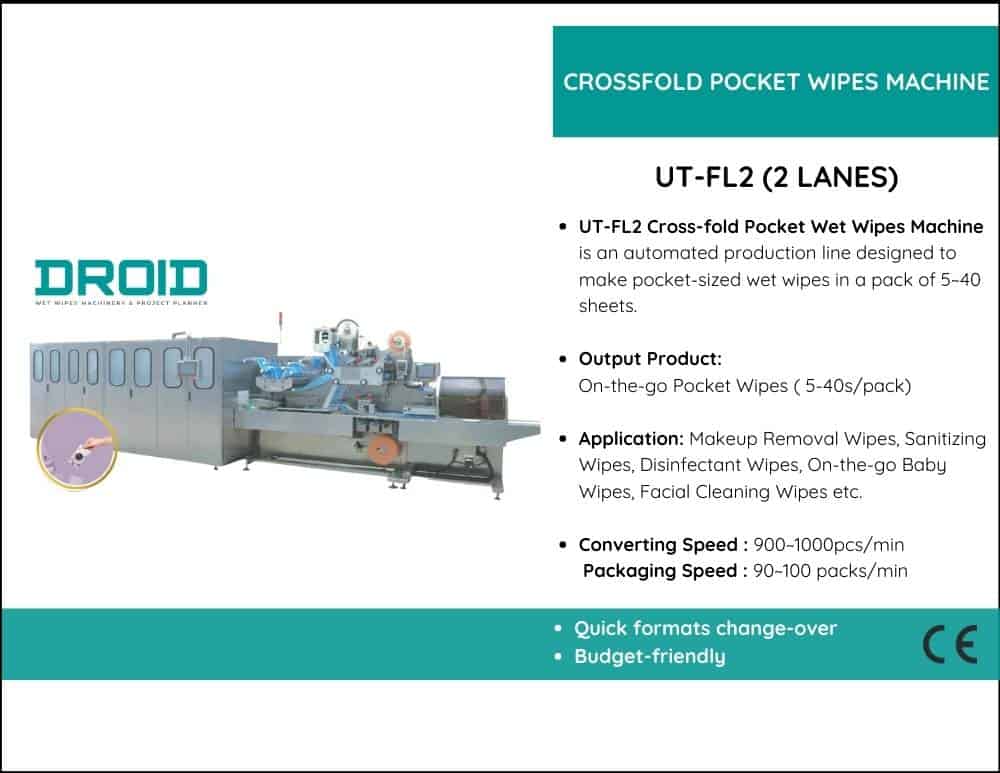The capacity of a contemporary wet wipes machine to modify folding and cutting parameters for various product requirements is one of its most significant benefits. Cutting and folding are more than just technical procedures; they determine how the wipes will appear, feel, and work for the final consumer.
Depending on whether the wipes will be taken out one at a time, stacked, or packaged in multi-piece packages, the machine may fold in several ways, including Z-fold, C-fold, and interfold. For example, Z-fold wipes work well in resealable travel packs, whereas interfold wipes are best suited for dispenser boxes.
The possibilities for cutting are equally versatile. From tiny pocket wipes to huge home or gym wipes, the machine can effortlessly transition between various sheet sizes. There is no need for time-consuming manual recalibration; operators may easily modify dimensions by adjusting settings on the touchscreen PLC.
Every wipe is consistent because of the accurate cutting blades and servo-driven controls, which are essential for consistent packing and satisfied customers. Manufacturers can react swiftly to consumer demands by providing large packs for families, travel-sized wipes, or customized sizes for private-label companies.
Due to this customization, a single machine can produce wipes for various markets and package styles without the need for additional equipment or expensive downtime.



